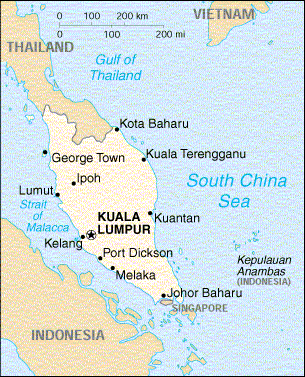

Status Quo Side: Government
Non-Status Quo Side: Malayan Communist Party
Region: Pacific, East Asia & SE Asia
Conflict Type: External Intervention
Issues in Dispute: Governance
The Malayan Communist Party (MCP), supported primarily by the Chinese who equalled in number the conservative and elitist Malays (with the unorganized Indians a third, smaller racial group), provided the only effective resistance to the Japanese occupation but after the war focused on economic goals. Over Chinese and Indian opposition, a Federation of the former Malay protectorates, excluding Singapore, was formed by Britain in February 1948 as a step toward eventual self-government. This coincided with the new militant Soviet anti-imperialist line.
The MCP, criticized for passivity at its Fourth Plenum, set a goal of independence following popular revolt.
Violence and reprisals prompted a State of Emergency on June 18 1948. MCP strategy copied Communist Chinese campaigns, but its isolation minimized external support. Despite the availability of war-time weapons, insurgents achieved only random guerrilla attacks, and the Briggs Plan proved effective in denying them food supply.
After 1949, warfare deteriorated into terrorism. 1952-56 negotiations led to full independence in 1957. Regarding the Malayan-British defense treaty as incompatible with independence, the MCP rejected amnesty offers. On July 31 1960, the Emergency was declared ended, but low-level conflict continued.
In December 1989, with consensus that the insurgency had little chance of success and Chinese reluctance to be linked to it, the MCP formally disbanded its armed forces based in S. Thailand in exchange for fair treatment and free political participation.